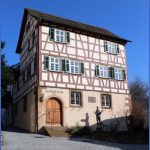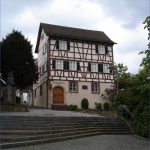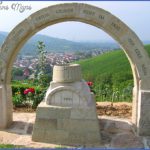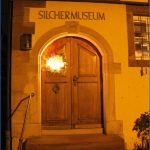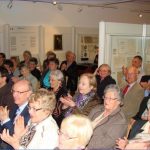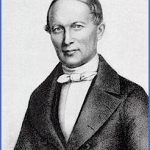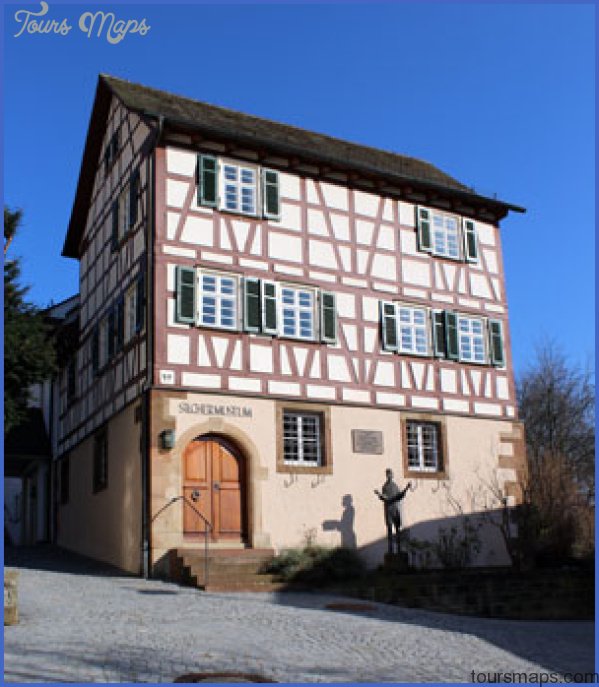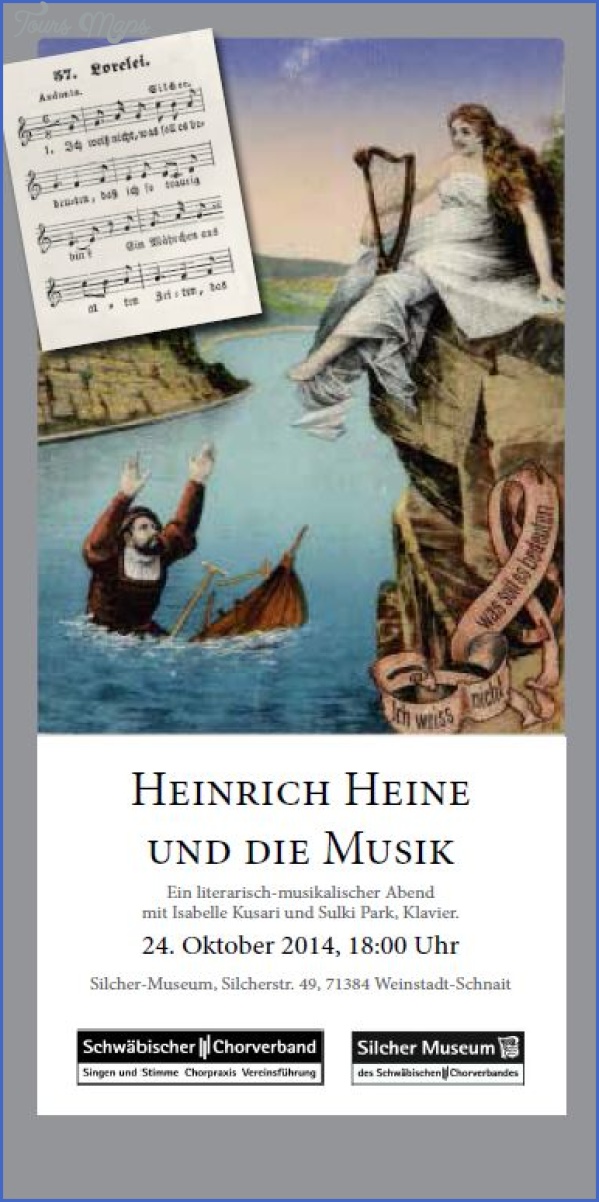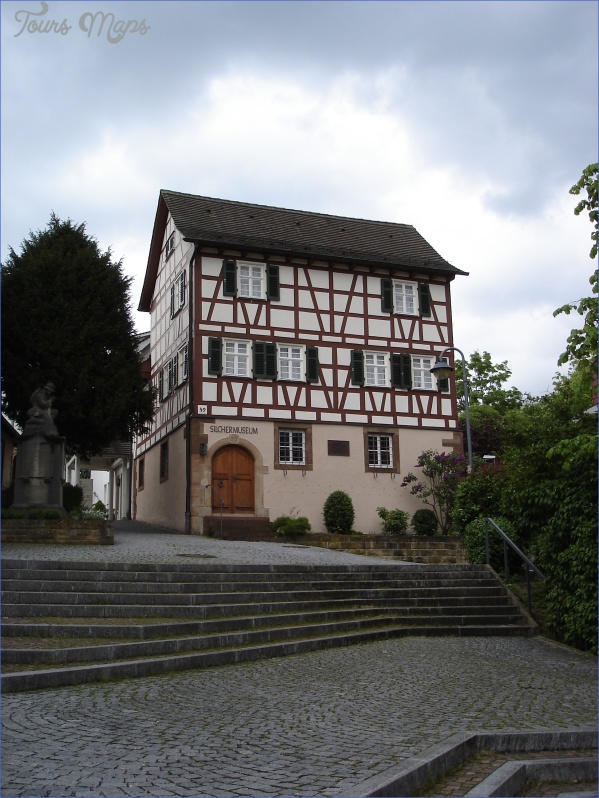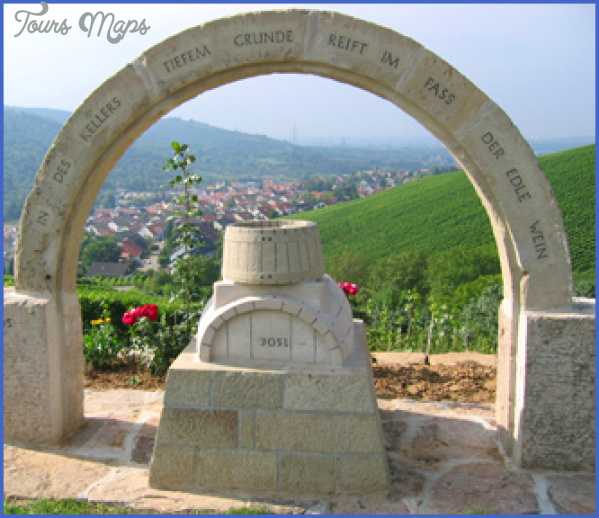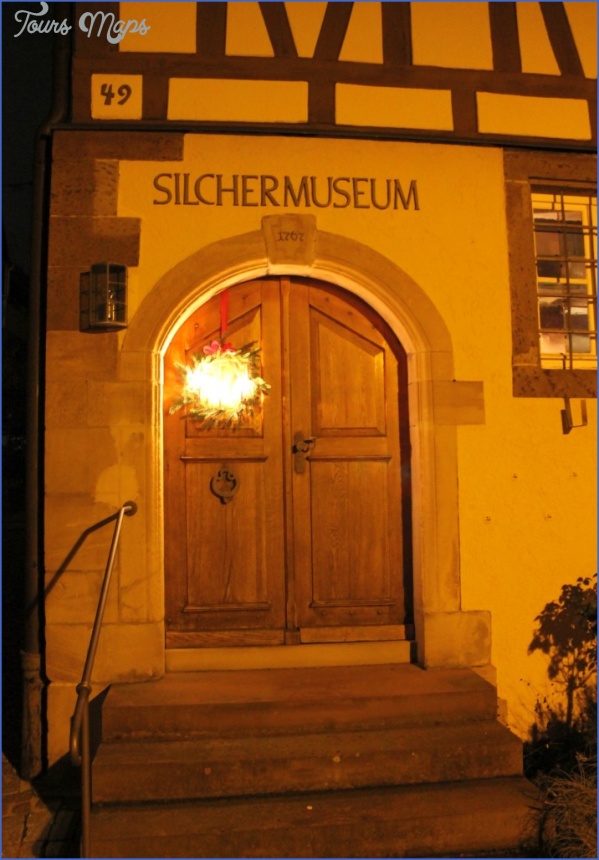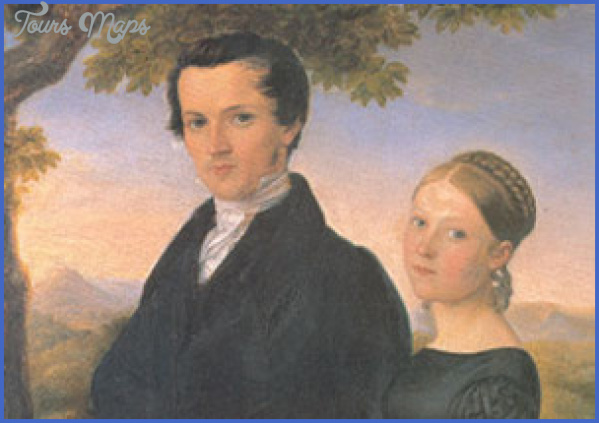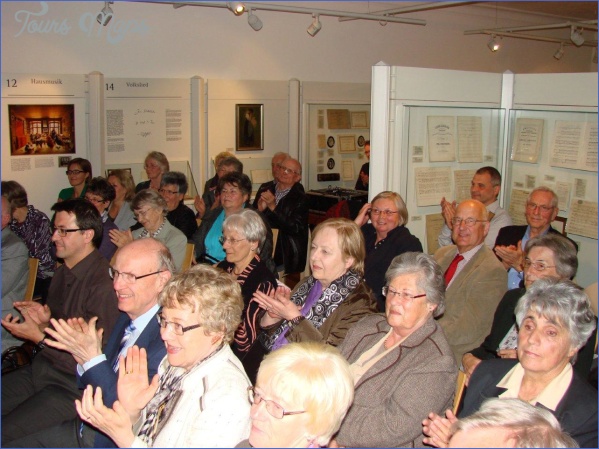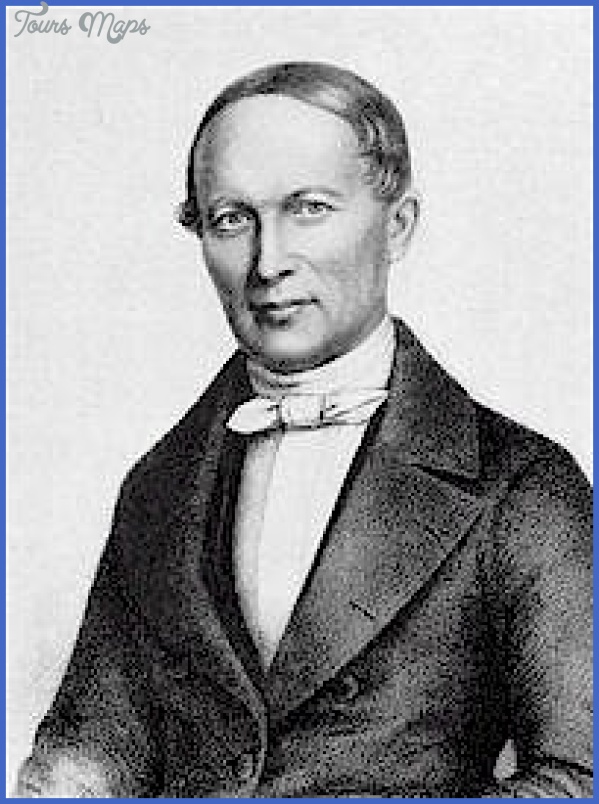SILCHER MUSEUM
Nearly all the composer museums of Germany are to Great Composers, the Bachs, the Beethovens, the Brahmses, whom everyone has heard of. A rare exception is the one dedicated to Friedrich Silcher. Silcher was no great international figure, but in a limited sense he was a significant national and local one, as a leading spirit in the rise of the Sangerbund movement and the development of its repertory.
Silcher was born in 1789 in the village of Schnait, a few kilometres to the east of Stuttgart, son of the schoolmaster at the local evangelical school. As a young man he knew Weber and studied under Konradin Kreutzer and J.N. Hummel, and he met such educationists as Pestalozzi and Nageli. He became musical director at Tubingen University in 1817 and for the rest of his career directed his energies towards the popular singing movement, researching, composing and conducting music in a folk-like style for the men’s and mixed choirs that became so numerous and so influential in mid-19th-century Germany and were especially strong in his native Wurttemberg. The regional association of male-voice groups, the Schwabischer Sangerbund, which is one of the oldest, was set up in 1849 by Silcher’s former pupils.
The building in which he was born, which dates back to 1767, was the local school, close by the evangelical church; the family apartment adjoined the schoolrooms on the first floor. On the ground floor the farm animals were housed; Silcher’s father had to eke out his paltry salary by farming and winegrowing (Schnait, now part of the Weinstadt district, still produces wines).
SILCHER MUSEUM Photo Gallery
The Silcher museum at Weinstadt-Schnait
The Sangerbund bought it from the municipality in 1903-4, when it ceased to serve as a school, and opened it as a museum to Silcher in 1912. A new section was added at the rear of the house in 1935 and the building was thoroughly and attractively renovated in 1992.
The ground floor houses a small shop, a Silcher archive – the museum actively collects Silcher material, music, books and pictures – and a room in which the visitor can view a 15-minute slide show telling (in German only) the story of his life. There is also a glass case full of his medals, and also behind glass is the large original banner of the Schwabischer Sangerbund (many more such banners are stored in drawers: shades of Die Meistersinger, Act 3).
Up on the first floor, the schoolmaster’s house is reconstructed: this is in some degree a local Heimatmuseum, giving a picture of late 18th-century life in the village. The furnishings are local and of the period, not originals from Silcher’s childhood, although in the actual room of his birth there is a square piano of about 1805 on which he once played (it was given to the museum in 1912). There the furniture is more sophisticated and bourgeois; it is simpler in the living-room, the children’s tiny room and the kitchen. The upper floor here too is mostly devoted to ‘Heimat’ display, although one room is concerned with the singing movements and Silcher’s reception history, where the exhibits include a disc (‘Wooden Heart’) made by Elvis Presley based on one of his songs. The main display on Silcher himselfis in the large schoolroom (large enough to take 250 children in his own time: it must have been a little unruly). It is spaciously laid out, in clear chronological sequence, with a series of wallboards and neatly organized display cases, carrying the story from his childhood in Schnait through his student years in nearby towns and his early positions as tutor and schoolmaster, to his time at Tubingen, with much interesting detail supported by original documents and music. You can see a good deal of the latter, manuscript and printed, mostly in a simple but effective ‘folky’ vein for male-voice choirs; his ‘Loreley’ setting is the most famous of them. There are a few ‘auslandisch’ ones too, including English and Scottish, the texts duly Germanized. Some are for the small Akademische Liedertafel at Tubingen, others for larger choirs such as the Oratorienverein that he directed. A fine bust of him in later years (he died in 1860) and a charming vignette of him as a young man with his wife seem to show him as a serious, docile character. Some of his original furniture is here (chairs, a desk, a clock), and there are portraits and two pianos connected with him, an 1830 table piano that he owned and one of 1851 later donated by one of his daughters.
The museum is owned and run by the Schwabischer Sangerbund, and the roof-space above the old schoolroom is devoted, in a display set up on the 150th anniversary in 1999, to the history of the association and the Sangerbund movement more generally. Generously illustrated, it shows much of the paraphernalia linked with the singing movement -banners, cups, medals, ribbons – and their publications: a glimpse into a part of German musical history not widely familiar outside the country.
Maybe You Like Them Too
- Explore Doncaster, United Kingdom with this detailed map
- Explore Arroyito, Argentina with this Detailed Map
- Explore Belin, Romania with this detailed map
- Explore Almudévar, Spain with this detailed map
- Explore Aguarón, Spain with this detailed map

